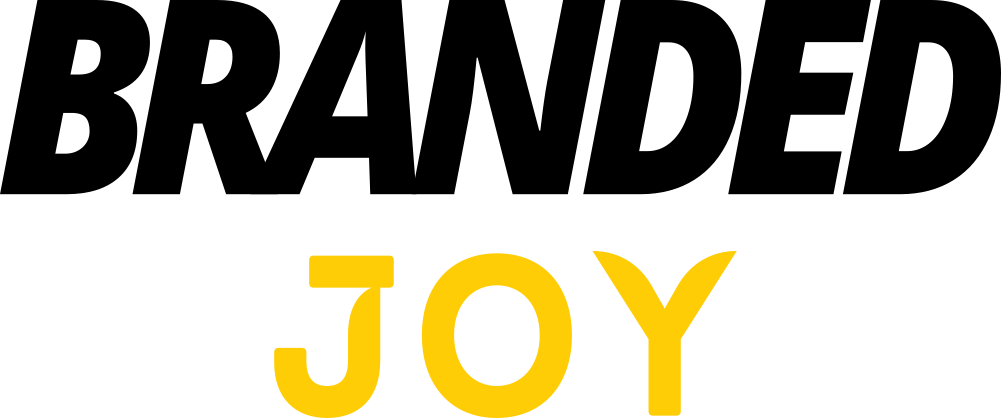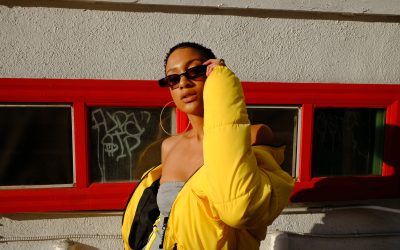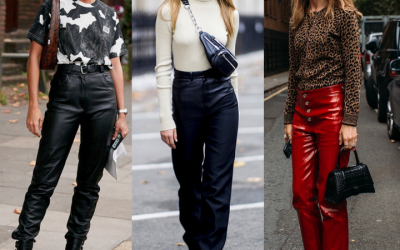In fashion, as in life, change is the only constant. Predicting what will happen in 2030 may seem like a fool’s errand, but we’re up for the challenge! In this blog post, we’ll take a look at some of the biggest trends that are likely to shape the fashion industry over the next decade. Keep reading to learn more!
Modular Fashion Trends
A trend that’s already present in many fashion designs is the ability to grow or shrink as the situation demands. We’re seeing more and more fashion brands experiment with modular clothing, which can be added to or removed depending on the wearer’s needs. This is a great way to save on fabric and other materials, as well as to reduce waste.
We expect and hope that this trend will continue to grow in popularity in the years to come and be a significant fashion statement in 2030, especially as consumers become more conscious of their impact on the environment.
Digital Tools In The Fashion Industry
The fashion industry is already heavily reliant on digital tools and we see no sign of that changing in 2030. In fact, we believe that the use of digital tools will only become more widespread and sophisticated over the next decade. As they do today, new technologies will be pivotal in the industry both from the standpoint of retailers and consumers.
We can expect to see more fashion designers using virtual reality (VR) to create realistic prototypes of their designs, as well as augmented reality (AR) to give customers a better idea of how a garment will look on them before they purchase it.
Bespoke Shopping Experiences
With the rise of digital tools in fashion comes the ability to create a more bespoke shopping experience for customers. In 2030, we believe that fashion brands will be using data gathered from customers’ online interactions to provide them with a truly personalized shopping experience.
This could include everything from showing customers clothing and accessories that match their personal style to recommending items that complement pieces they already own.
Digital Influencers Will Play An Important Role
In recent years, we’ve seen the rise of digital influencers who have taken the fashion world by storm. In 2030, we believe that this trend will only continue to grow and that these influencers will play an even more important role in shaping fashion trends.
Digital influencers often have a large and engaged following on social media, which they can use to promote certain fashion brands or styles. We expect that many fashion brands will partner with digital influencers in 2030 in order to reach a wider audience and promote their products.
Sustainable Fashion in 2030
We can’t talk about fashion trends in 2030 without mentioning sustainable fashion. As we mentioned earlier, consumers are becoming more and more conscious of their impact on the environment and they’re demanding fashion brands do better when it comes to sustainability.
In 2030, we predict that sustainable fashion will be the norm, not the exception. Sustainable materials will be used more often in fashion designs and fashion brands will find new and innovative ways to reduce waste. We’re excited to see what the future of sustainable fashion holds!
Here are some of the services and movements we think will significantly grow in the textile industry of 2030.
Clothes Rental Services
As people become more conscious of fashion’s environmental impact, we predict that clothes rental services will become more popular. These services allow customers to rent clothing for a specific event or period of time, after which they return the garments to the rental company.
This is a great way to save money and reduce waste, as it eliminates the need to purchase new clothing items every time you need something to wear. We expect that clothes rental services will be big business in 2030!
Recycled Materials Across the Supply Chain
As fashion brands become more aware of the need to reduce their environmental impact, we expect to see a rise in the use of recycled materials across the fashion industry.
This could include everything from using recycled fabric to create new clothing items to repurposing old clothes into new designs. We believe that this trend will help fashion brands reduce their waste and be more sustainable in 2030.
More Industry Professional Will Embrace The Circular Economy
In 2030, we believe that more fashion industry professionals will embrace the circular economy. The circular economy is a model in which materials and products are reused and recycled instead of being wasted.
This could mean fashion brands working with textile recyclers to recycle old clothing into new fabric or using recycled materials in their designs. We think that this trend will help fashion brands be more sustainable and reduce their environmental impact.
A Value Chain Without Human Rights Abuse
As consumers become more aware of the human rights abuses that occur in the fashion industry, we expect to see a rise in brands who commit to not using sweatshop labor.
In 2030, we believe that fashion brands will increasingly value ethical and sustainable fashion production practices over cheap labor. This means that fashion buyers will be able to choose clothes from brands that are committed to human rights and sustainability.
That’s not to say that these abuses will be completely removed by then. But, we think 2030 will be a turning point in the fashion industry. Even today, companies are making commitments to end their ties to supply chains that include slave labor and poor human rights track records.
Many Potential Fashion Futures – Conclusion
So, what should you do to get ahead of the curve in 2030 fashion? It’s simple – use sustainable materials, embrace innovative technology, and focus on personalization. We know that these three trends are going to be huge in 2030 fashion, so make sure you’re ready for them as a fashion consumer or business!




